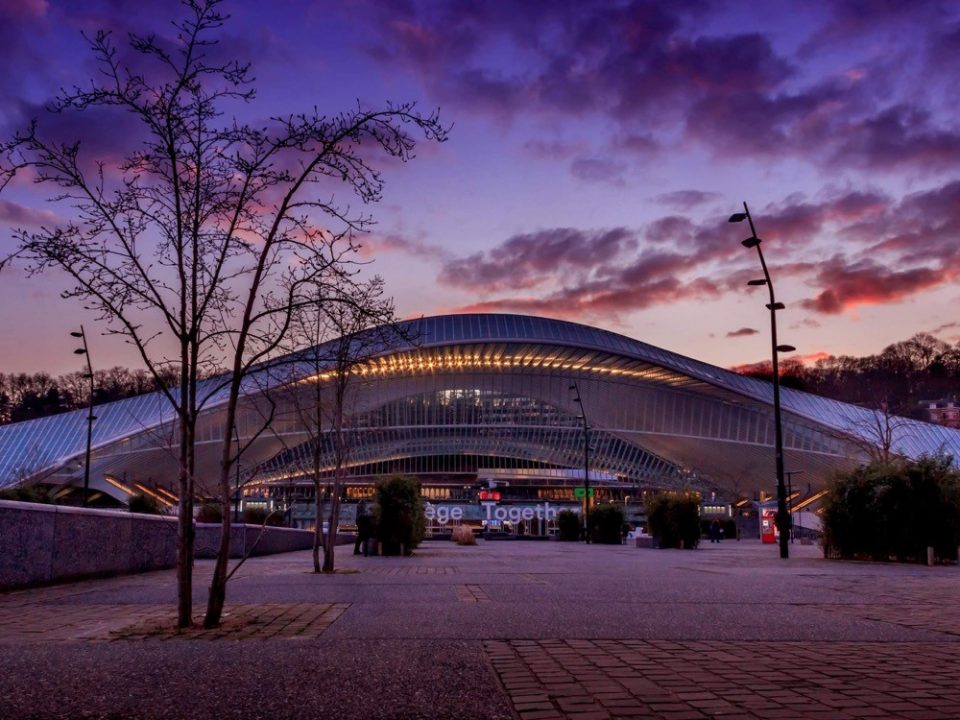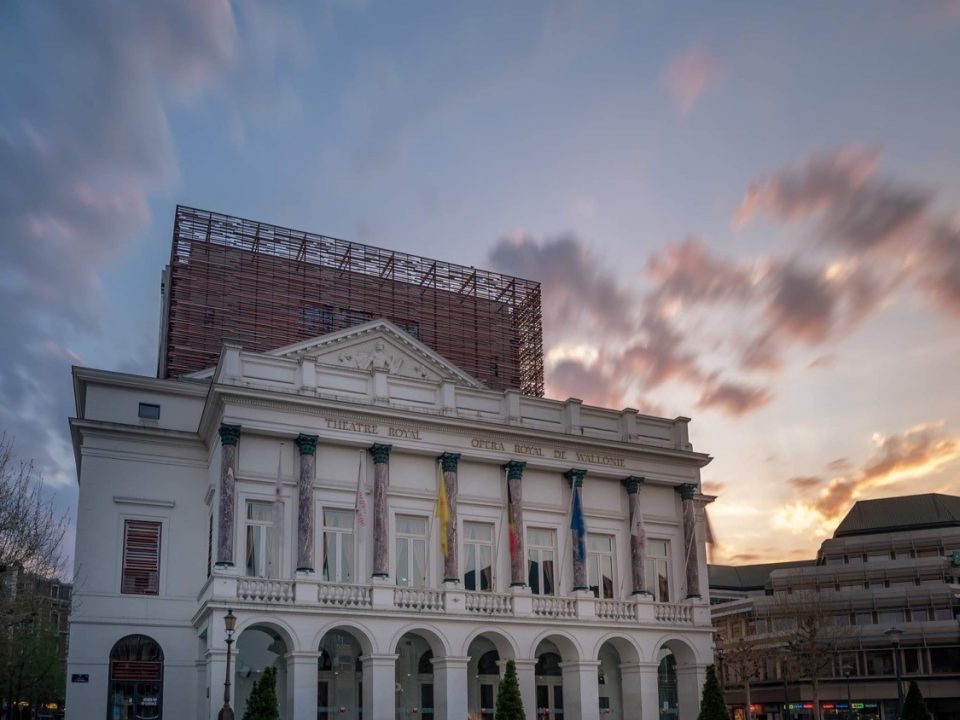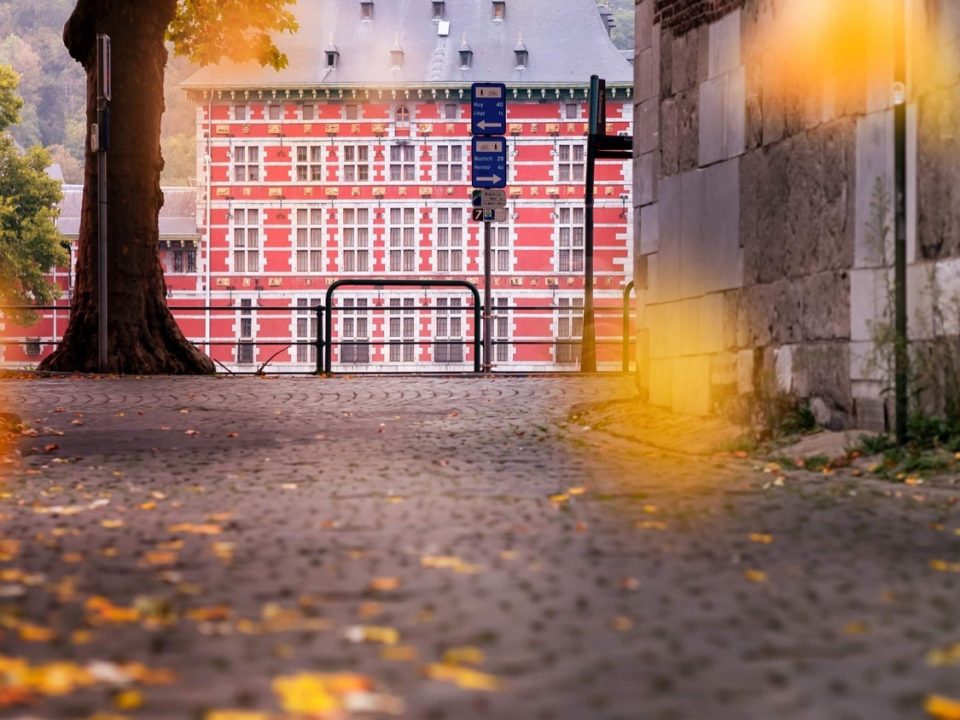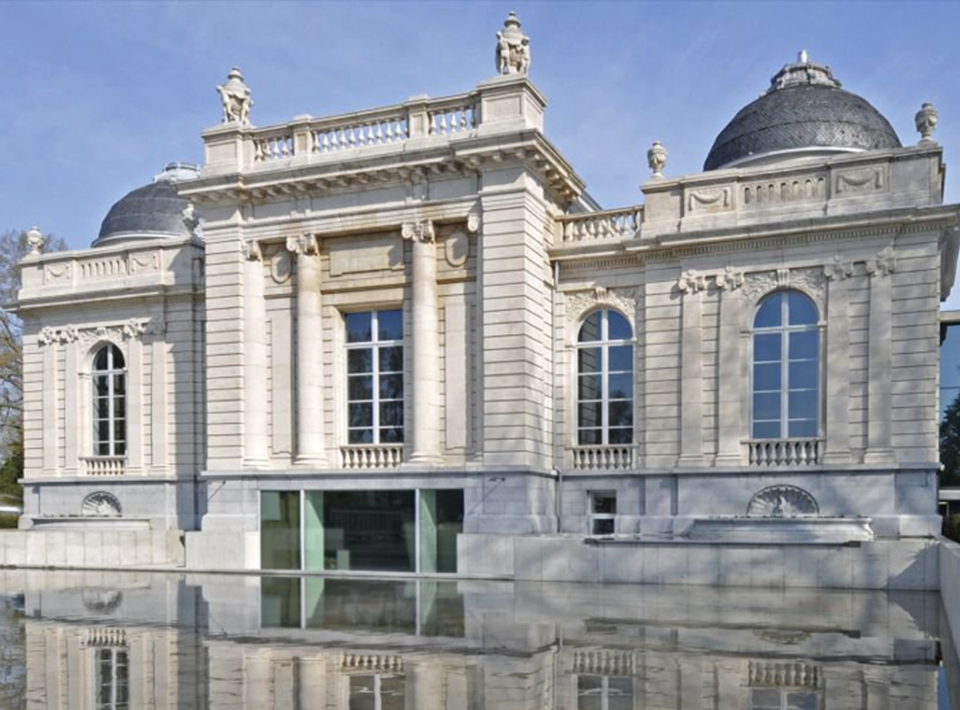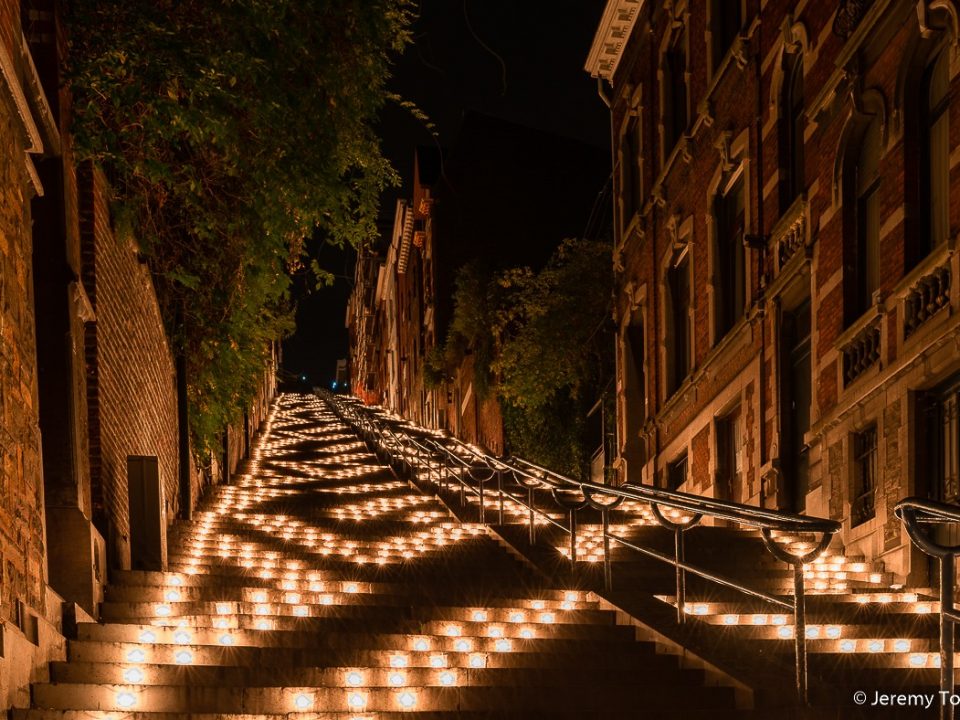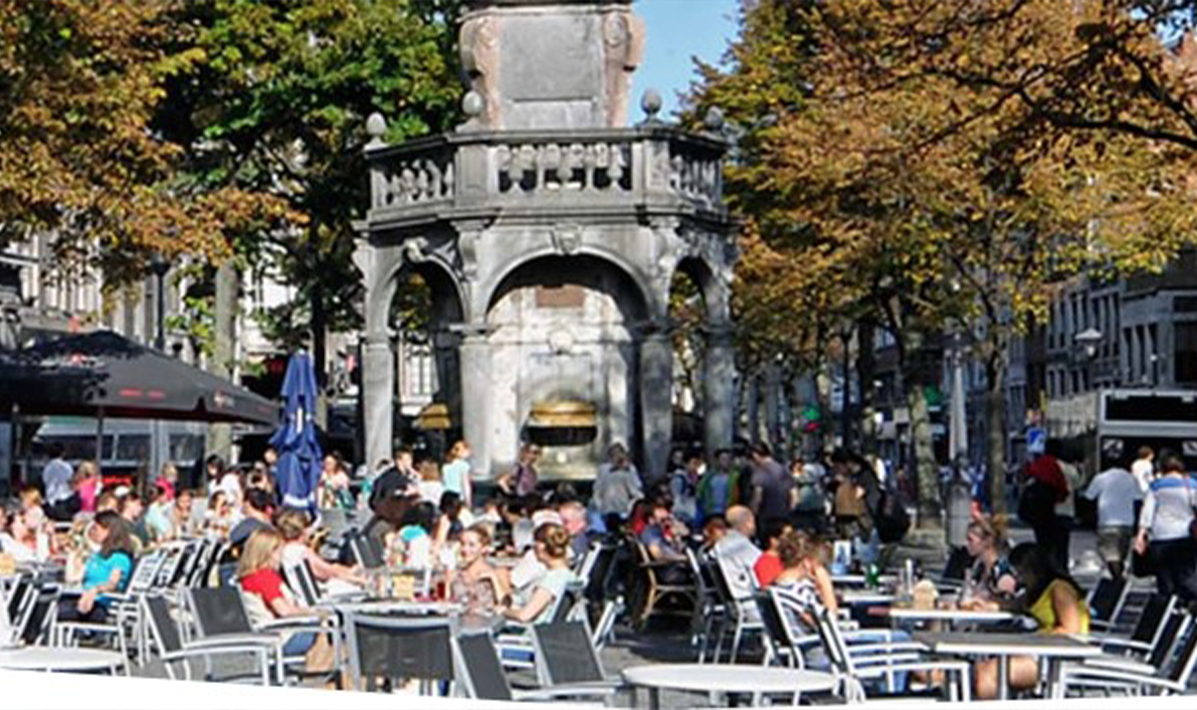
Place du Marché
22 February 2021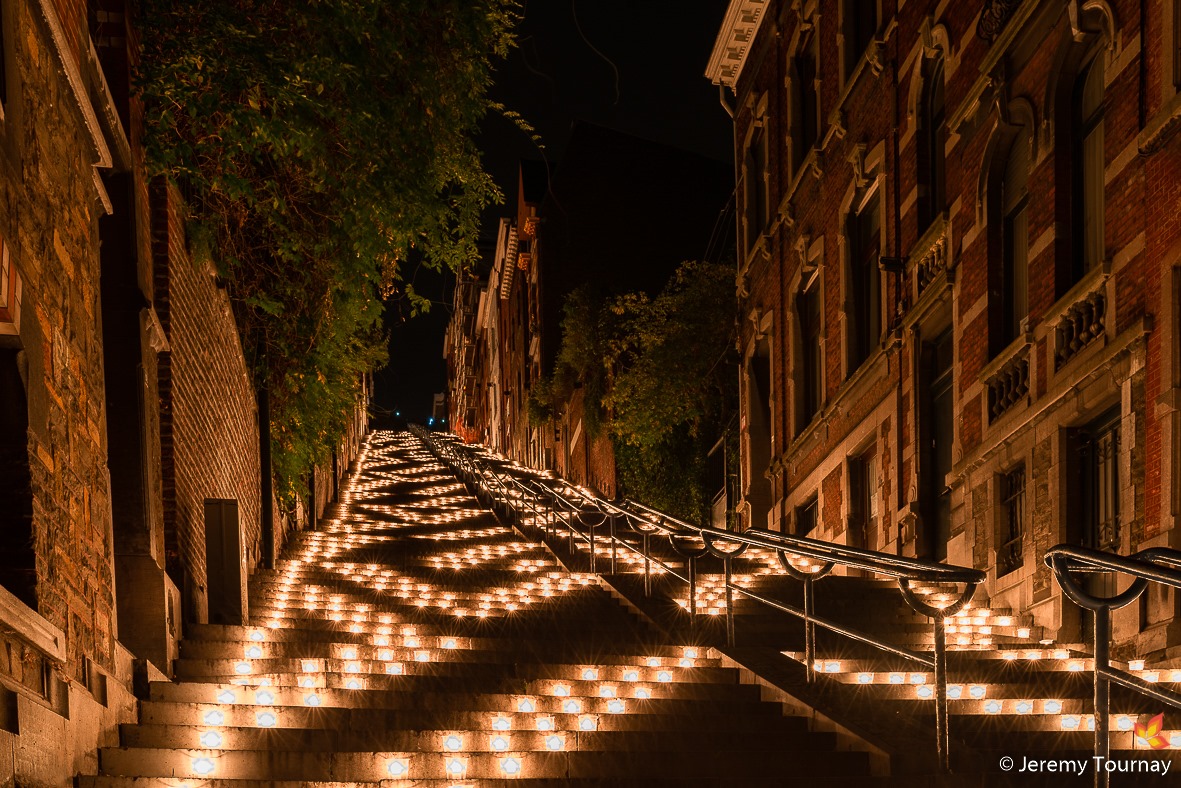
The famous hillsides of the Citadel
25 November 2021Two steps away from the hotel
Place Saint Lambert
The square was laid out in the 12th century and then renovated at the end of the 20th century on the ruins of the former Saint-Lambert Cathedral, the last version of which had been rebuilt in the Gothic period but then completely demolished by the people of Liège themselves!
To understand the meaning of a rare event such as the destruction of a cathedral, we must place ourselves in the very particular historical context of the Liège Revolution of 1789 and its inevitable meeting with the French Revolution.
Since 1684, relations between the bishops and the Liège citizens had clearly deteriorated. Maximilian of Bavaria, by modifying the electoral system in Liège, strengthened his power by reducing that of the laity. This was an attack on the sacrosanct first great constitutional charter of Liège, a draft of a representative democracy, which was at the time almost unique in Europe. In 1794, following the Liège revolution, the demolition of the monument was begun, as the revolutionaries of Liège considered it to be the symbol of the power of the hated prince-bishop.
Did you know?
The existence of this square dates back to the origins of the town, whose population needed a market to obtain supplies on a daily basis. Since the beginning of the 11th century, the current Rue du Pont (the street that led to the Pont des Arches in the past) and Neuvice, which connects it to the Meuse, where port activities were developed, are reminders of the merchant agglomeration that stretched between the square and the river.
In the middle of the 16th century, the intensity of commercial life in this area led to the appearance of a new market on the banks of the Meuse (the current Batte).
In the past, the Place Saint-Lambert did not exist because the area was occupied by a huge cathedral, so Place du Marché was the vital centre of the city.


